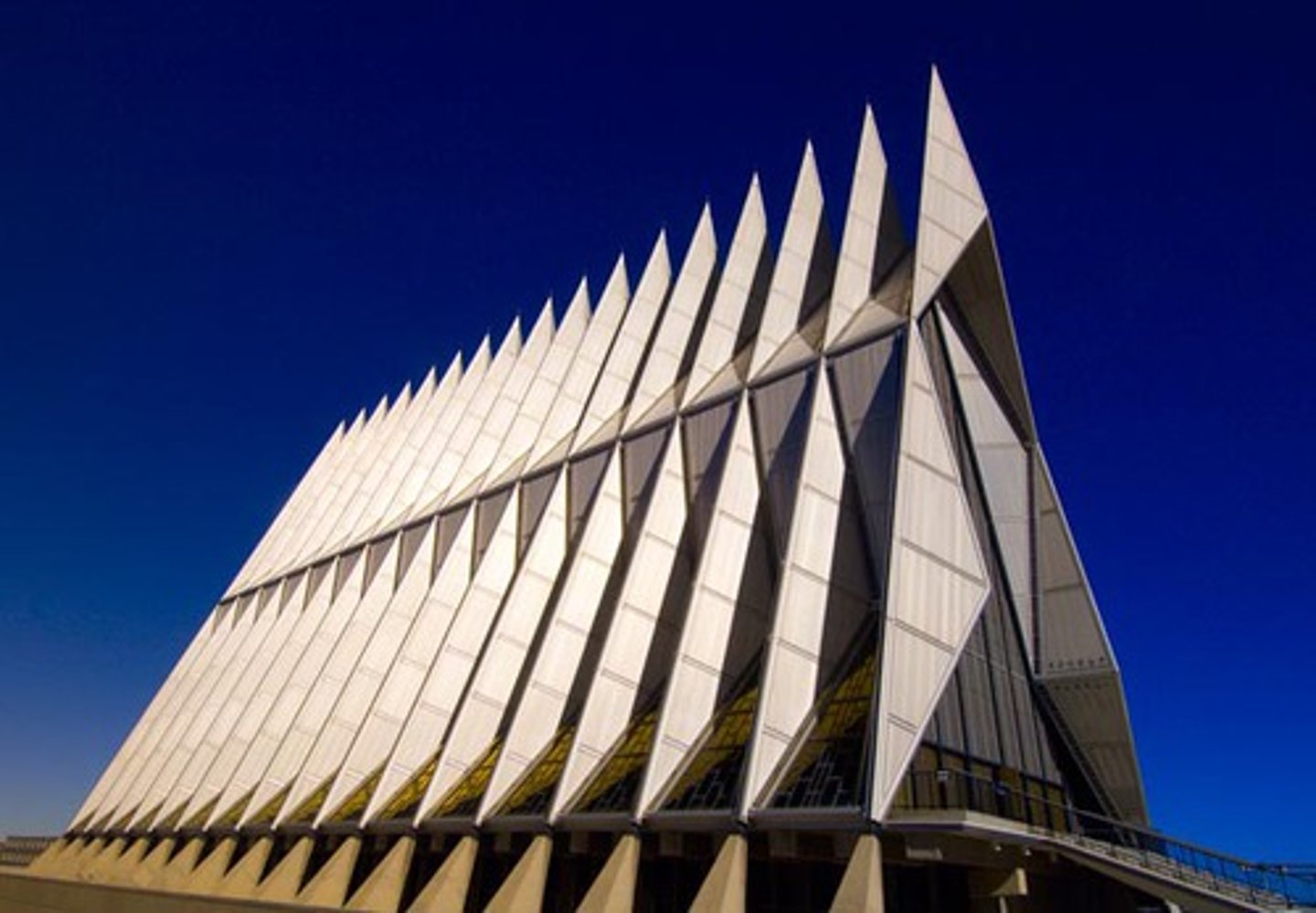20th & 21st Century Styles: Brutalism, Postmodernism, High Tech, etc.
1/40
There's no tags or description
Looks like no tags are added yet.
Name | Mastery | Learn | Test | Matching | Spaced |
|---|
No study sessions yet.
41 Terms
Brutalism
A movement in architecture emphasizing the aesthetic use of basic building processes, especially of cast in place concrete. It is essentially a style based on the shaped and molded forms of concrete, a thick, masonry variation of modernist architecture. Derived from the French term Beton Brut which translates to rough concrete.
Marina City
A mixed-use residential-commercial building complex in Chicago, Illinois, United States, North America, designed by architect Bertrand Goldberg.
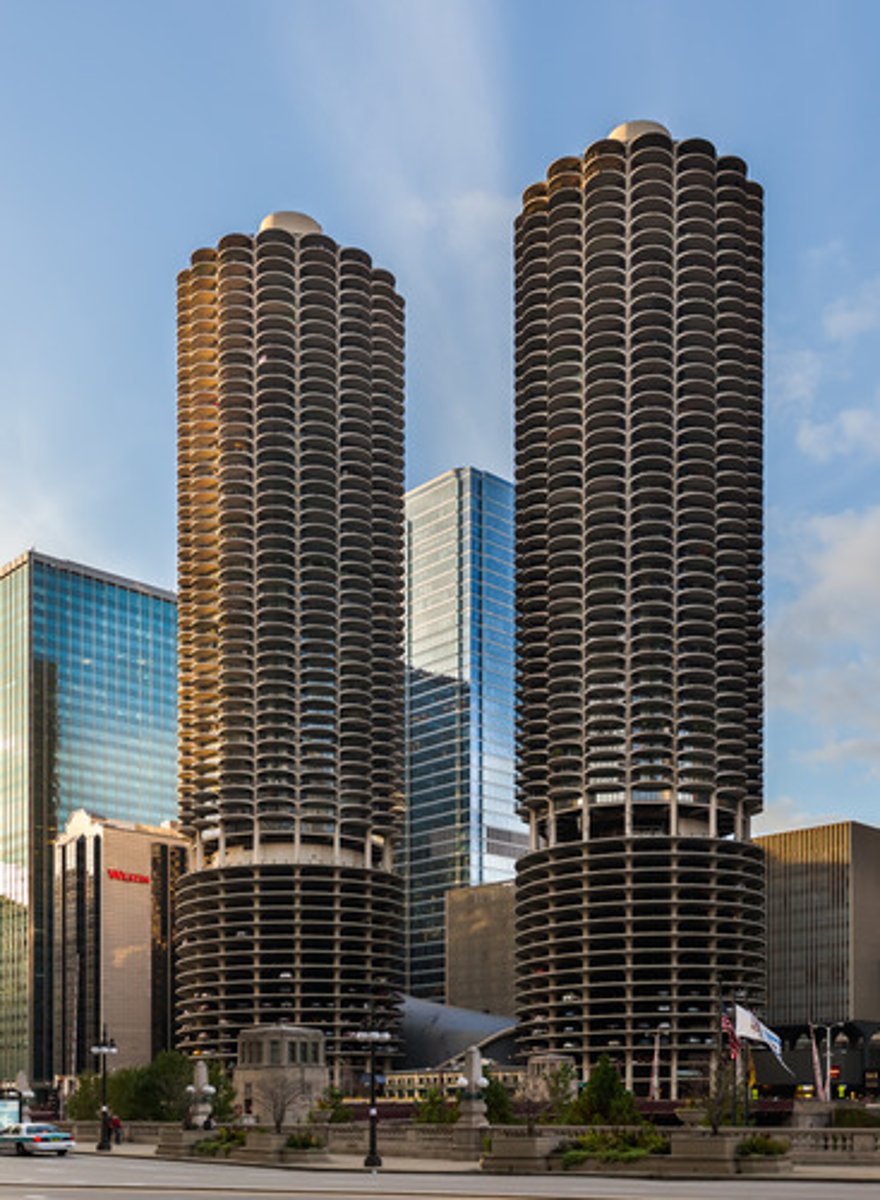
Geisel Library
The main library building of the University of California San Diego designed by William Pereira. It is named in honor of Audrey and Theodor Seuss Geisel. Theodor is better known as children's author Dr. Seuss
Habitat 67
A model community and housing complex in Montreal, Quebec, Canada, designed by Israeli-Canadian architect Moshe Safdie.
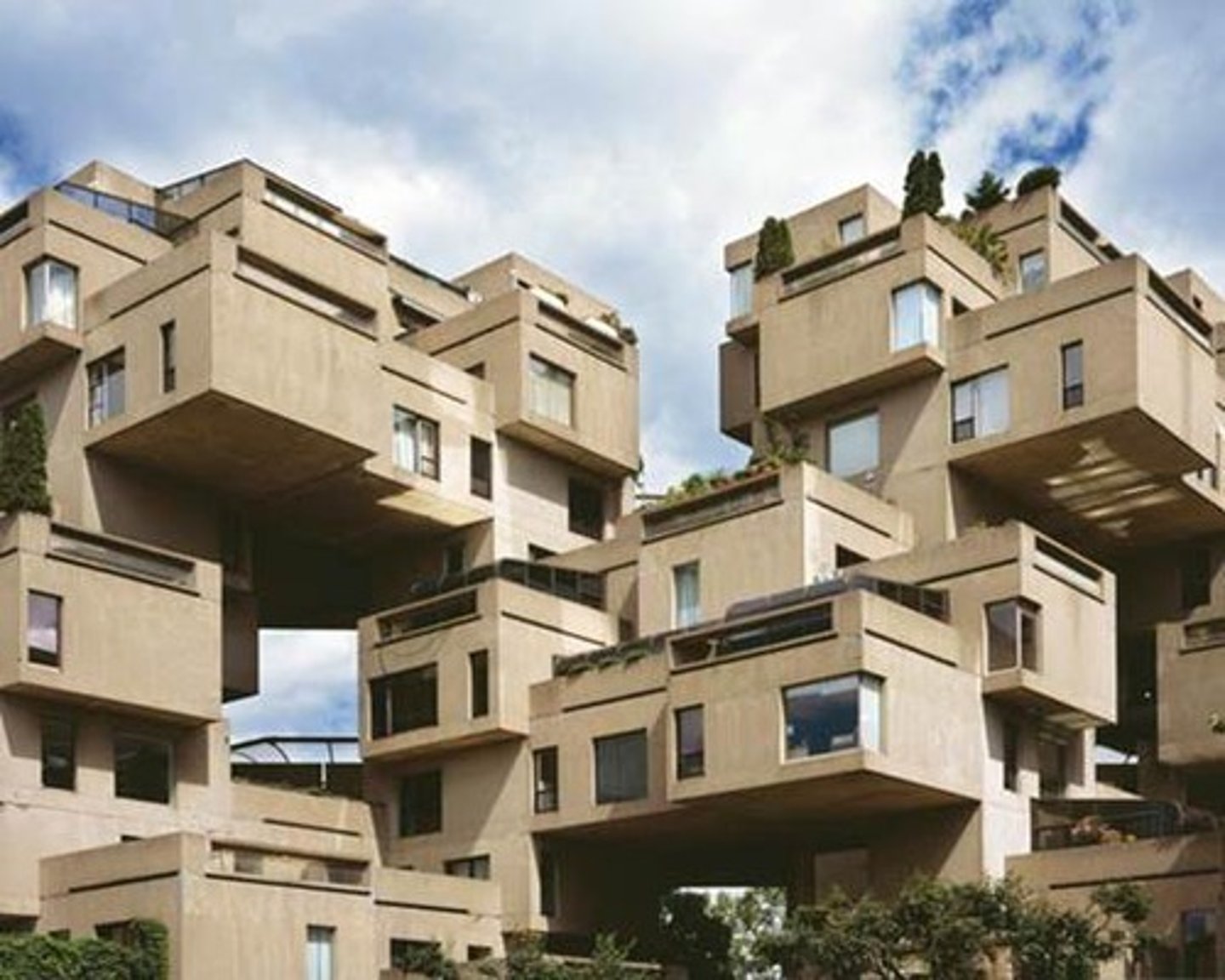
Postmodernism
Movement in architecture and decorative arts in reaction to the principles and practices of modernism, encouraging the use of the elements on the historical vernacular styles and often - full illusion, decoration and complexity. The term would seem to identify any work that follows the style now called modern.
Robert Venturi
Published the manifesto, complexity and contradiction in architecture that announce “Less is a bore”.
Vanna Venturi House
The house that Venturi designed in 1964 for his mother at Chestnut Hill, a suburb of Philadelphia, is the first important demonstration of the ideas that characterize post-modernism.
Michael Graves
Postmodernist architect who developed a wide raging eclecticism in which he abstracted historical forms and emphasized the used of color. Generates an ironic, vision of Classicism in which his building have become classical in their mass and order
Portland Municipal Services Building
The blocky edifice designed by Michael Graves is dominated by highly abstracted classical elements - including columns, pediments, and a frieze-like decorative band - all set amid a grid of small square windows. A teal-coloured podium encompasses the entrance level, and features a Classically-styled sculpture of a woman called Portlandia, by artist Raymond Kaskey, above the front doors.
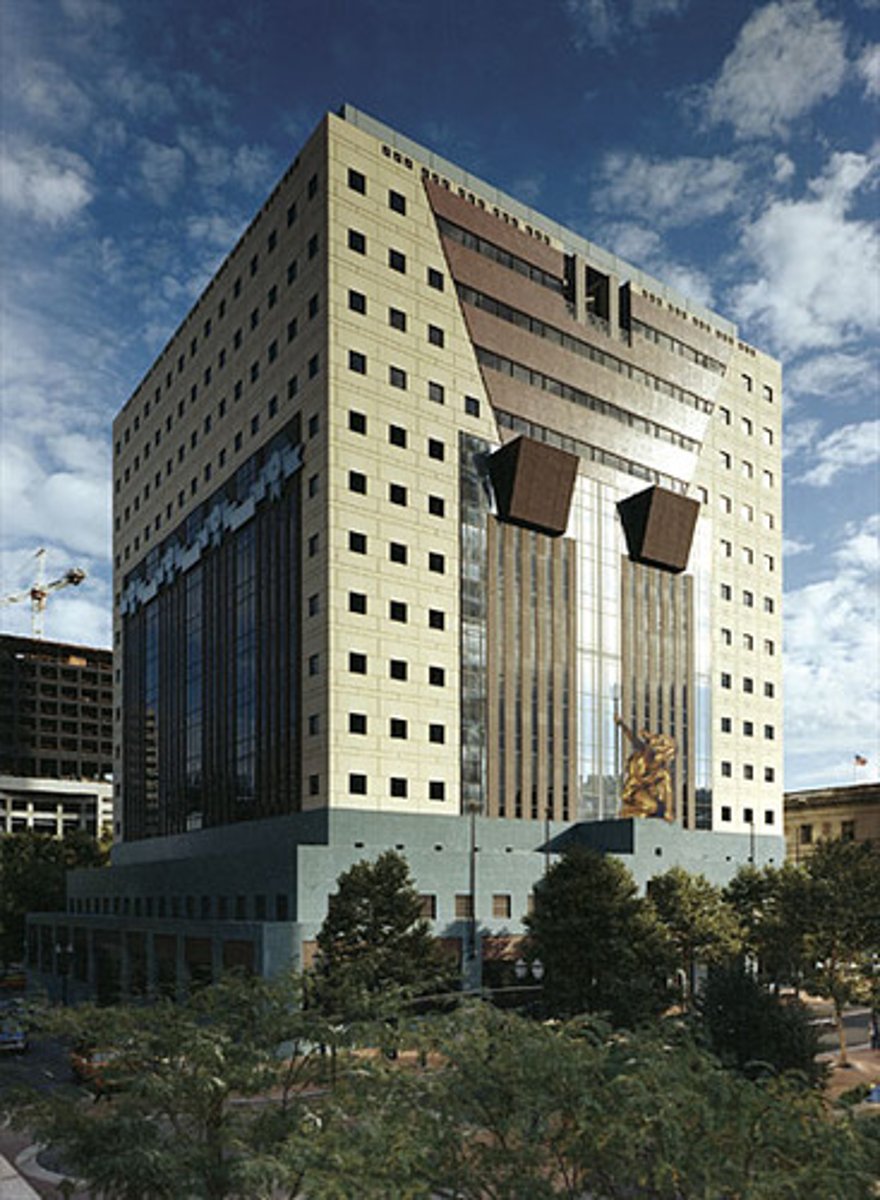
Philip Johnson
The man who brought Van de Rohe to the States and introduced New York to the Modern Style; besgt known for his promotion of the International Style and his role in defining postmodernist architecture.
AT&T Building
Postmodernist building in Manhattan by Philip Johnson; described as resembling a giant Chippendale cabinet with a broken pediment top.
Ieoh Ming Pei
Chinese-born American architect noted for his large, elegantly designed urban buildings and complexes.
The Louvre
The ground-level entrance to this complex was situated in the centre of the Cour Napoléon and was crowned by a controversial steel-and-glass pyramid designed by the American architect I.M. Pei.
Sheraton Side Chair
Designed by Venturi made of bent plywood, plastic laminate, and rubber. It is a cartoonish take on the furniture designs of Thomas Sheraton. It features whimsical and colorful renderings of some of the motifs that Sheraton employed in his work, such as a swag and urn.
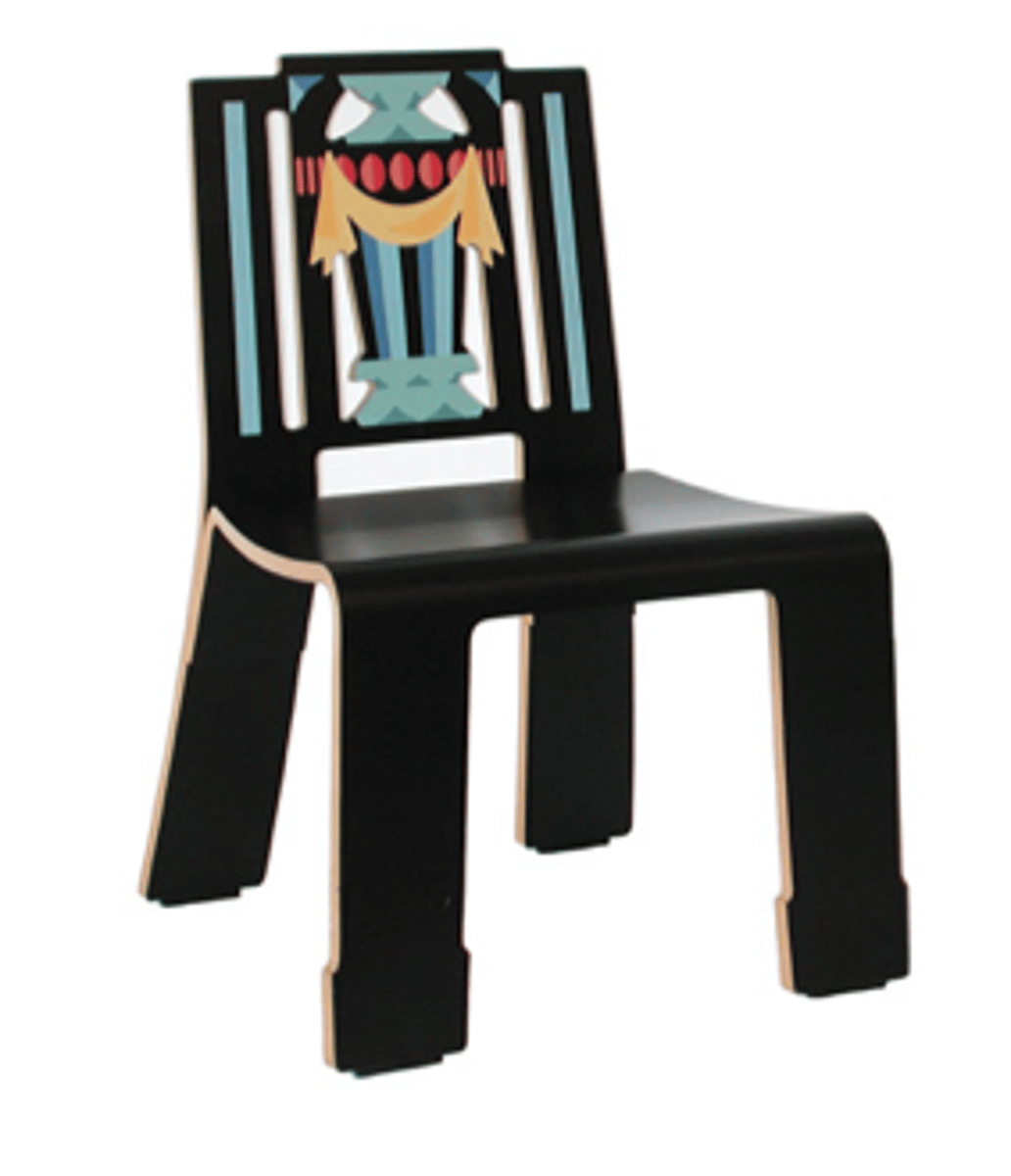
Queen Anne Chair
Robert Venturi and Denise Scott Brown's Postmodern Queen Anne chair, developed in the 1980s.
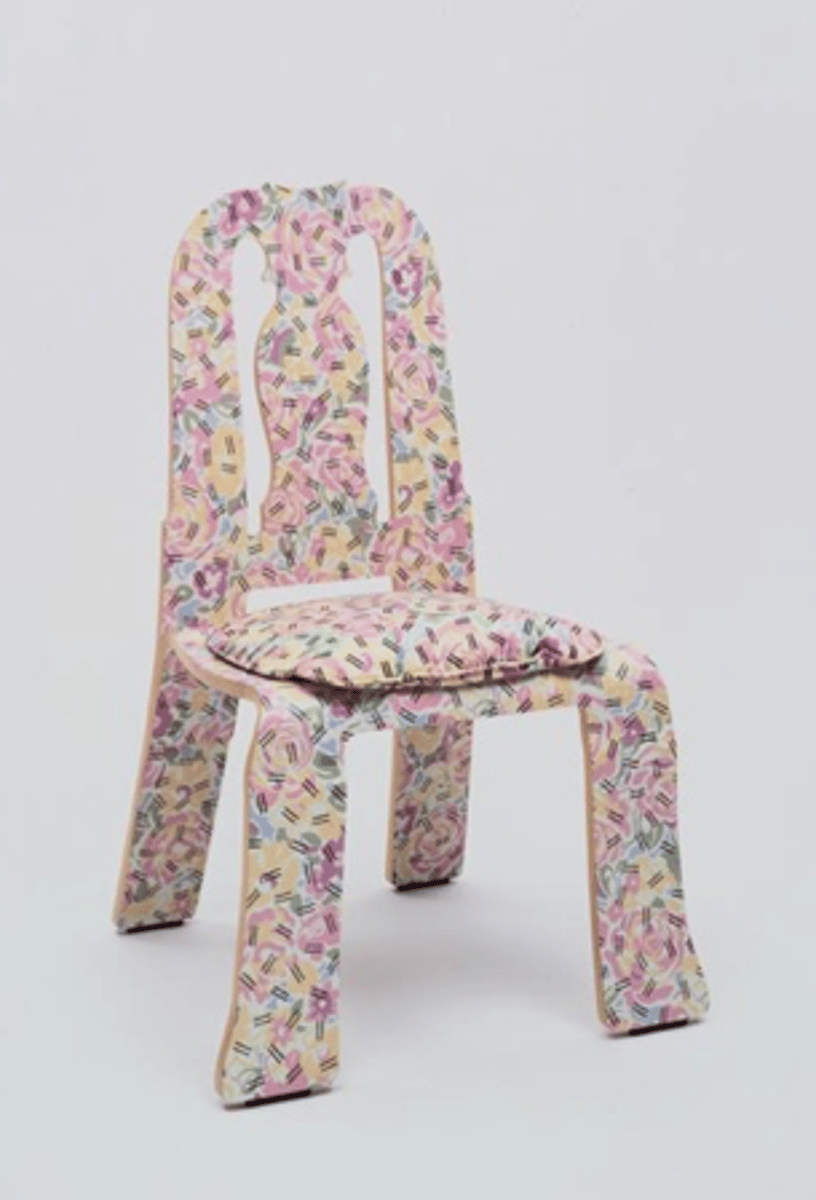
Chippendale Chair
This whimsical design of modern molded plywood construction has a back cut out in a pattern suggesting the design of eighteenth century Chippendale furniture. Designed by Robert Venturi.
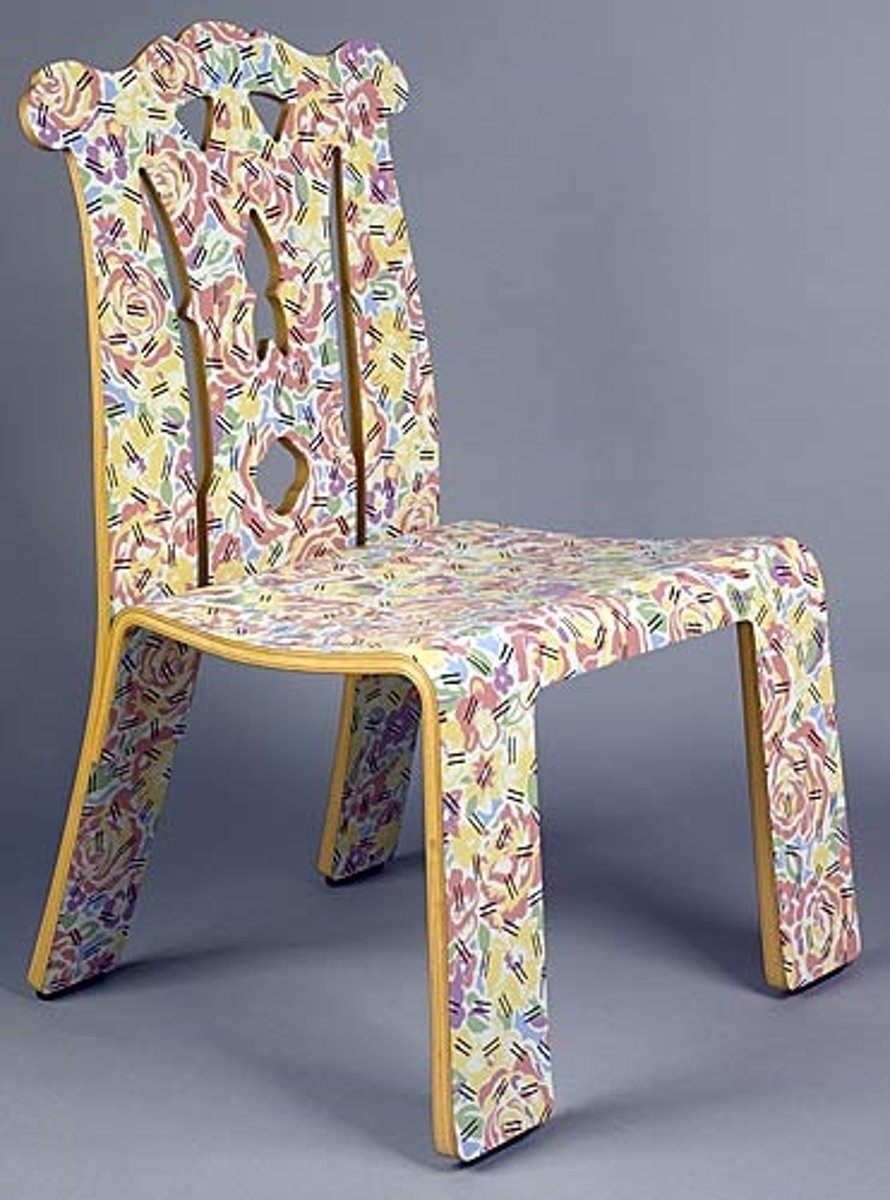
Biedermeier Chair
Robert Venturi's postmodern take on Biedermeier furniture.
Ettore Sottsass
A seminal figure in 20th century design, a prominent and unconventional post-modernist Italian designer and architect, and founder of the design collaborative named the Memphis Group.
Carlton Bookcase
Designed by Ettore Sottsass; Not for function; Memphis group, 1981.
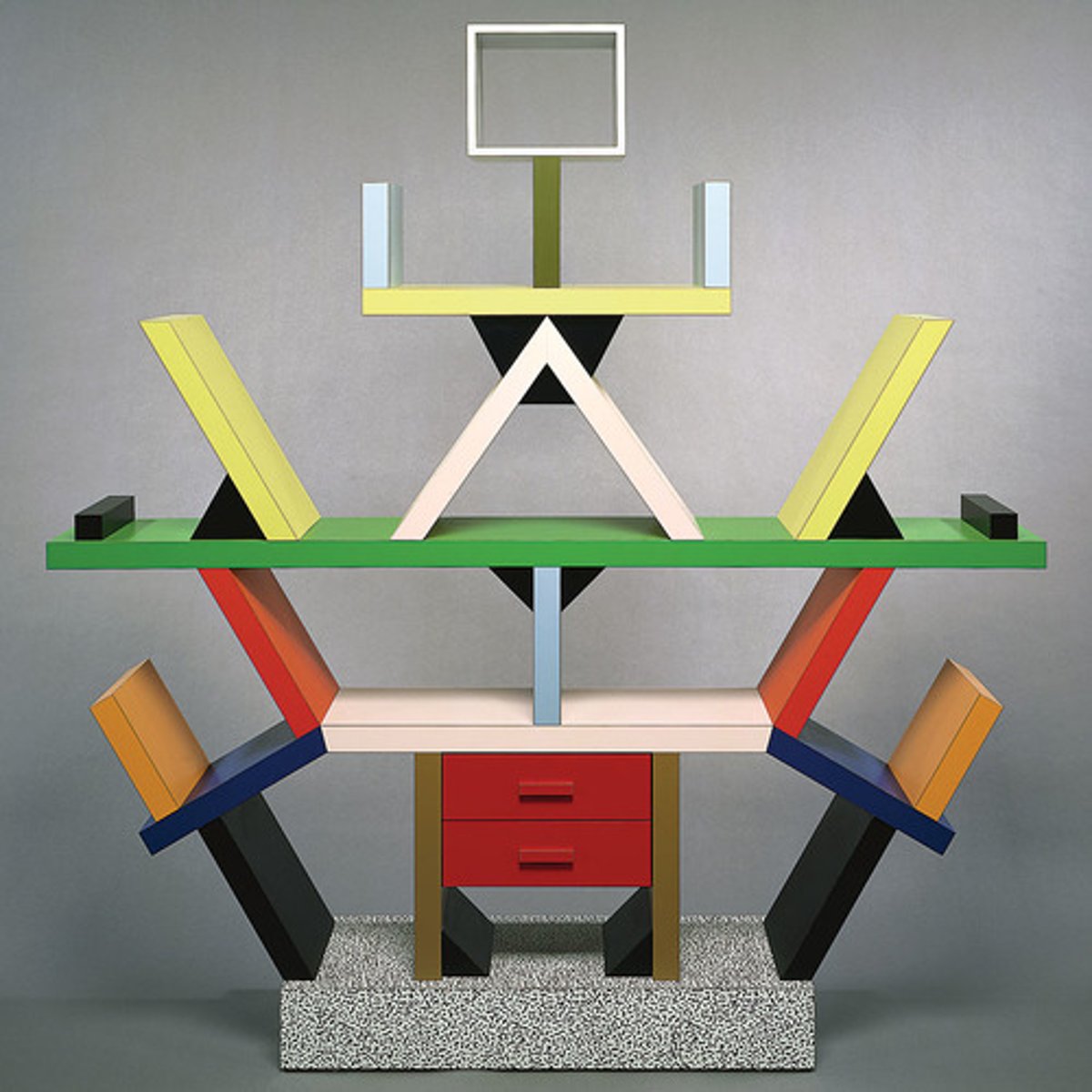
Allesandro Mendini
Italian designer and architect. He played an important part in the development of Italian, Postmodern, and Radical design.
High Tech Period Style
A style that goals to liberate the maximum volume of space inside by positioning all its working-the stairs, lifts, escalators, etc. outside the interior envelope of the building. Also dubbed "Structural Expressionism".
Norman Foster
British architect and designer. Closely associated with the development of high-tech architecture, he is recognized as a key figure in British modernist architecture.
HSBC Building, Hong Kong
A spectacularly tall skyscraper tower office building in Hong Kong for the Shanghai National Bank designed by Norman Foster. Fosters Associates chose to move the building's structure from its center to its exterior.
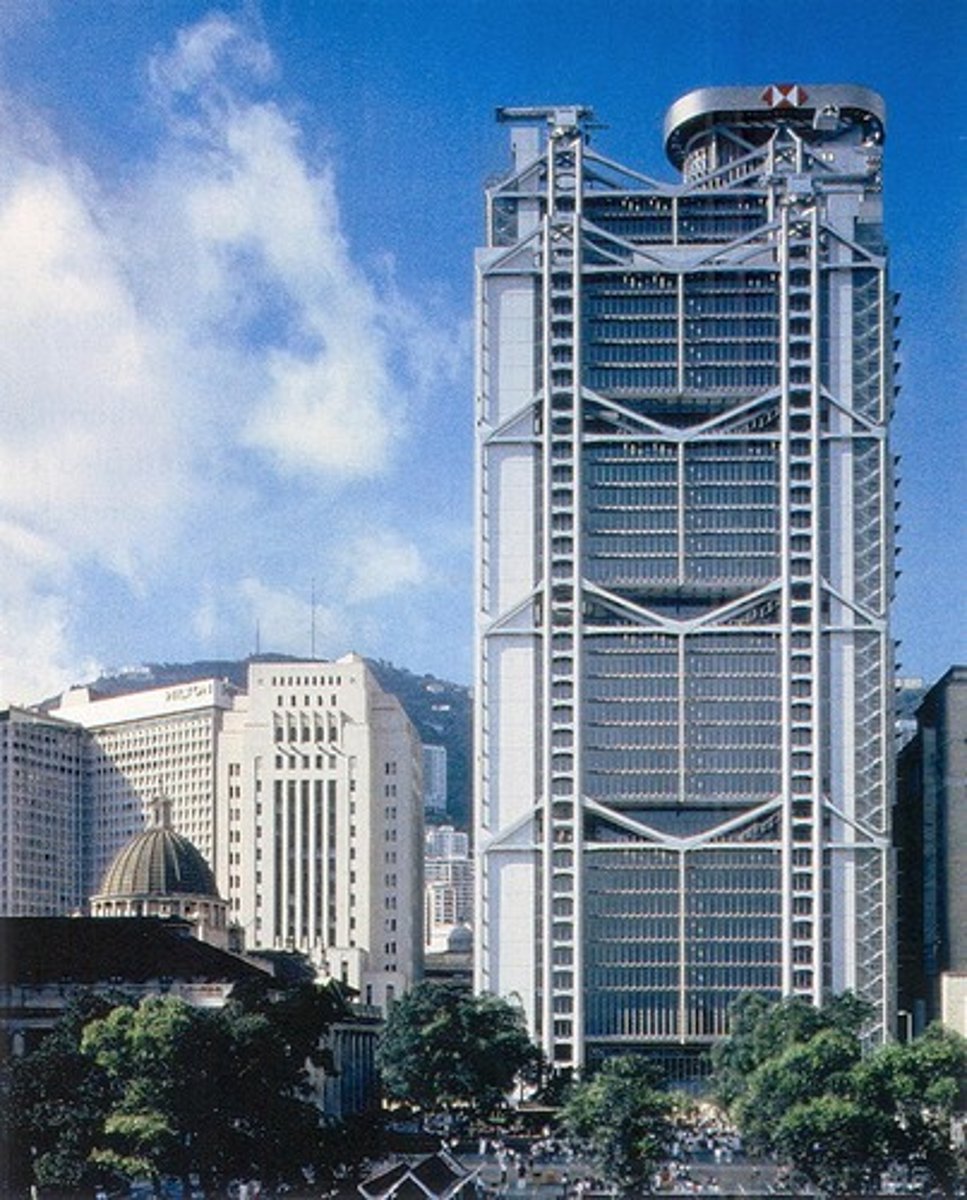
Richard Rogers
A British-Italian architect noted for his modernist and constructivist designs in high-tech architecture. His interest in uninterrupted interior spaces has made him an heir to the functionalist tradition.
Pompidou Center
A multipurpose cultural center designed by Renzo Piano and Richard Rogers. The large, multistory building exposes and displays its structure, mechanical systems, and vertical transport (escalators) on its exterior.
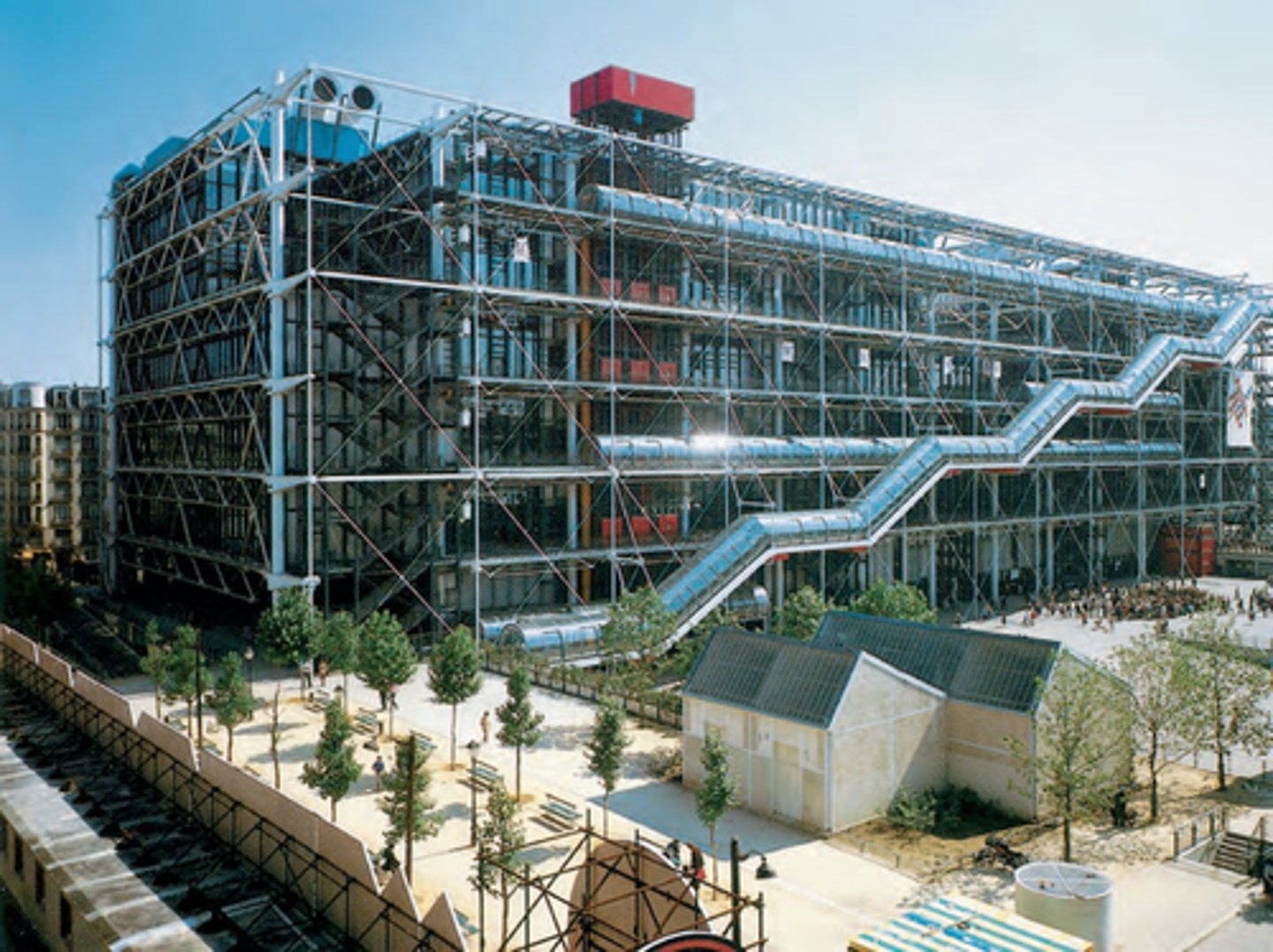
Renzo Piano
Italian architect known for his notable buildings which include the Centre Georges Pompidou in Paris, The Shard in London, the Whitney Museum of American Art in New York City, etc.
Jean Marie Tjibaou Cultural Center
Cultural center designed by Renzo Piano patterned after the traditional Kanak Grand Hut design. The layout is designed semi-circular.
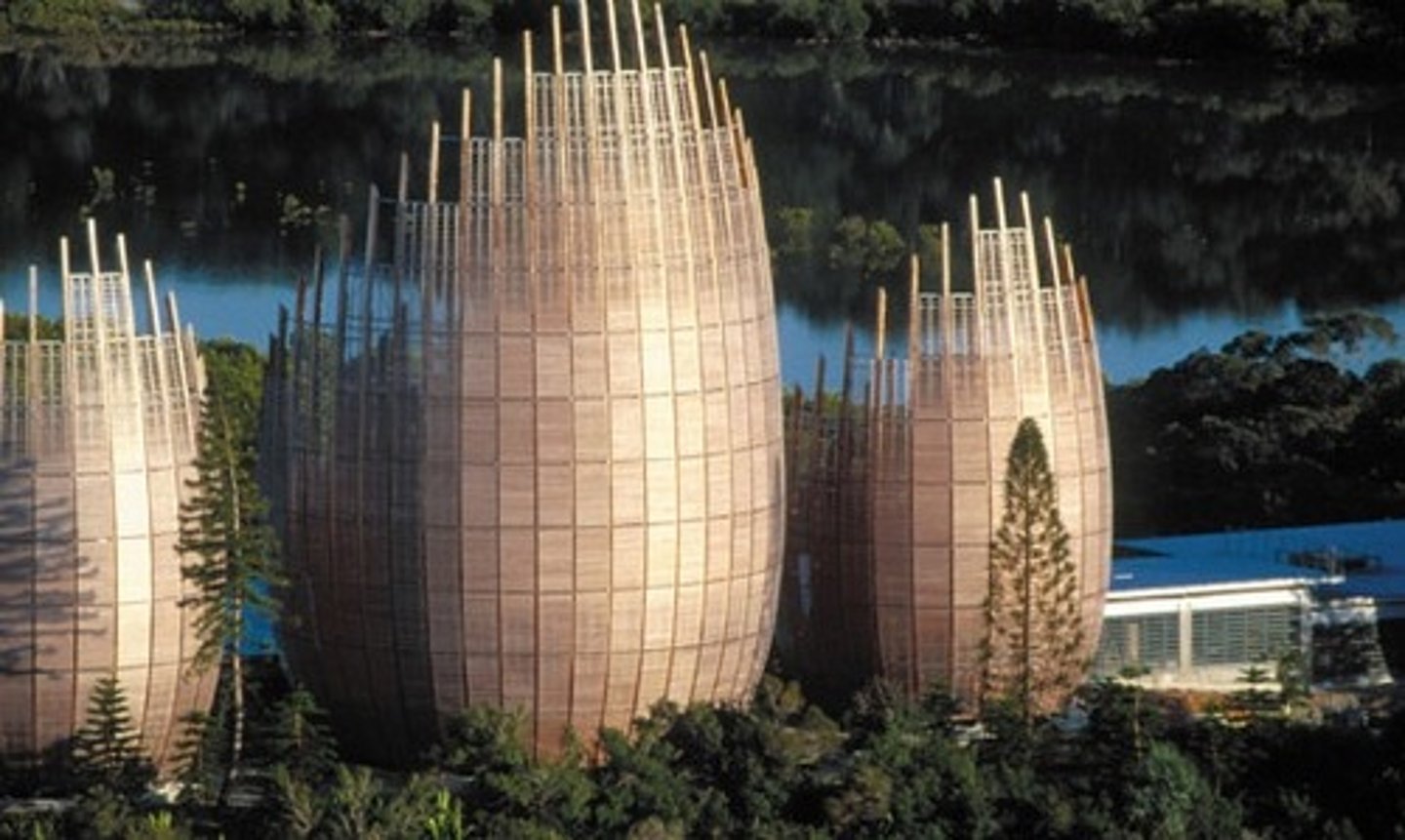
Expressionism
Architectural style evolved from the work of avant-garde artist and designers in Germany and other European countries during the first decades of the Twentieth century. Some of its key features include distorted shapes, fragmented lines organic and biomorphic forms, etc.
Einstein Tower
An astrophysical observatory in the Albert Einstein Science Park in Potsdam designed by Erich Mendelsohn in the expressionist style.
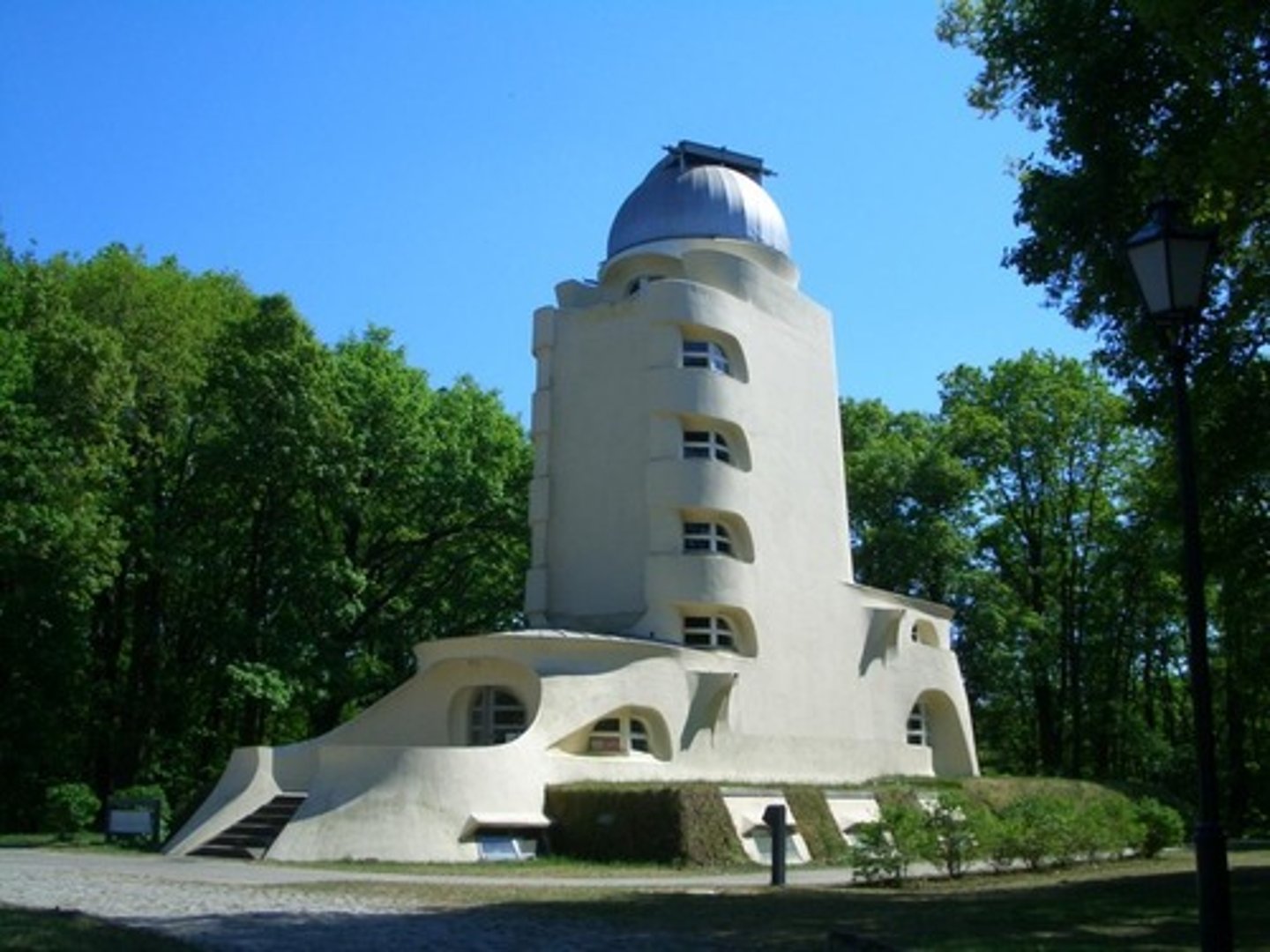
Critical Regionalism
An avante gardist, modernist approach, but one that starts from the premises of local or regional architecture. It was first used by the architectural theorists Alexander Tzoins and Laine Lefaivrelt
Sydney Opera House
Designed by Danish architect Jørn Utzon, who won the competition with a dramatic design showing a complex of two main halls side by side facing out to the harbour on a large podium. Each hall was topped with a row of sail-shaped interlocking panels that would serve as both roof and wall, to be made of precast concrete.
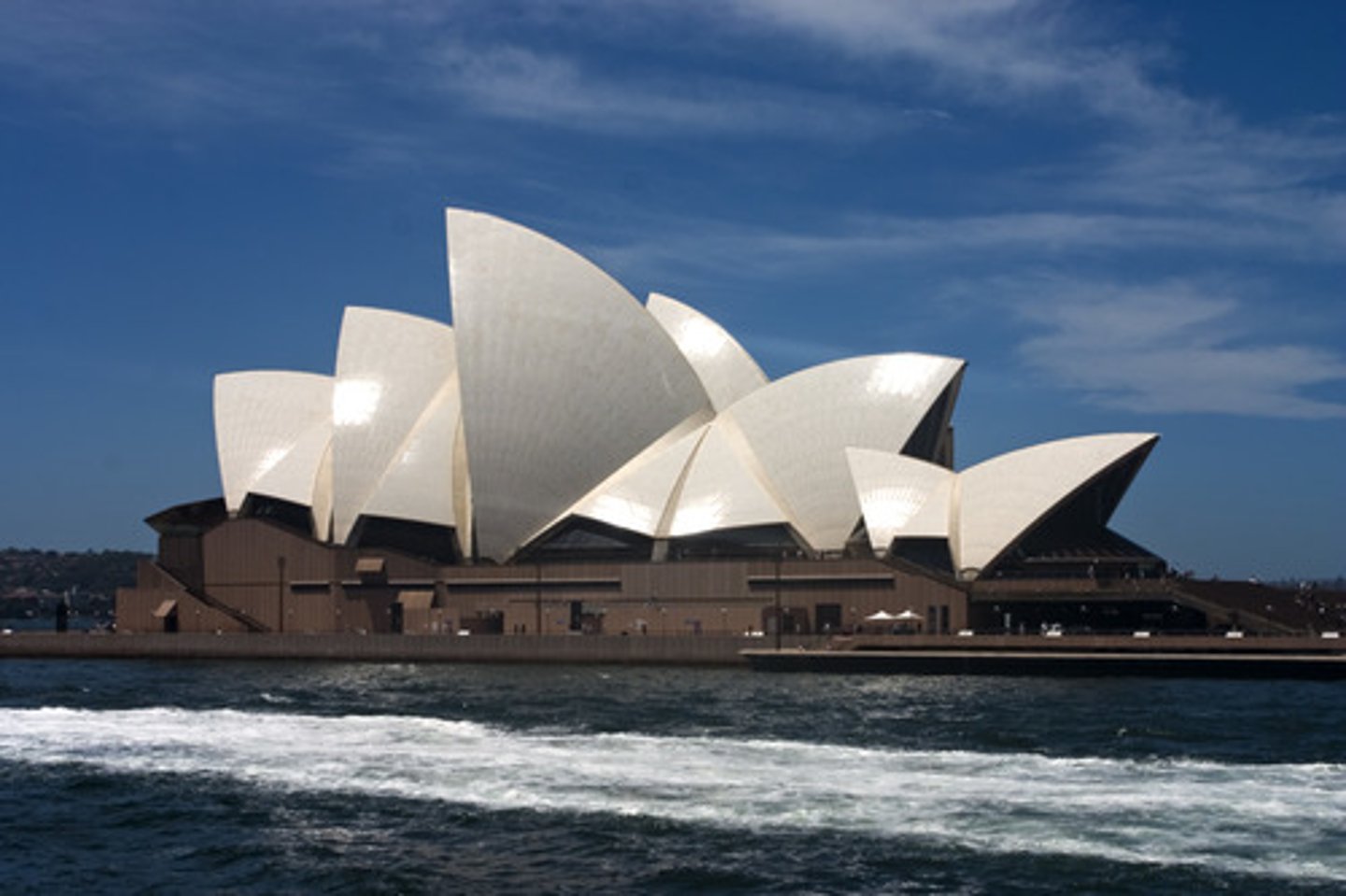
Deconstructivism
An architectural style using deconstruction as an analytical strategy. Architects attempt to disorient the observer by disrupting the conventional categories of architecture. The haphazard presentation of volumes, masses, planes, lighting, and so forth challenges the viewer's assumptions about form as it relates to function.
Frank Gehry
Canadian American Deconstructivist architect and designer whose original, sculptural, often audacious work won him worldwide renown.
Guggenheim Museum, Bilbao
A Deconstructivist-style museum of modern and contemporary art designed by Canadian-American architect Frank Gehry, and located in Bilbao, Basque Country, Spain.
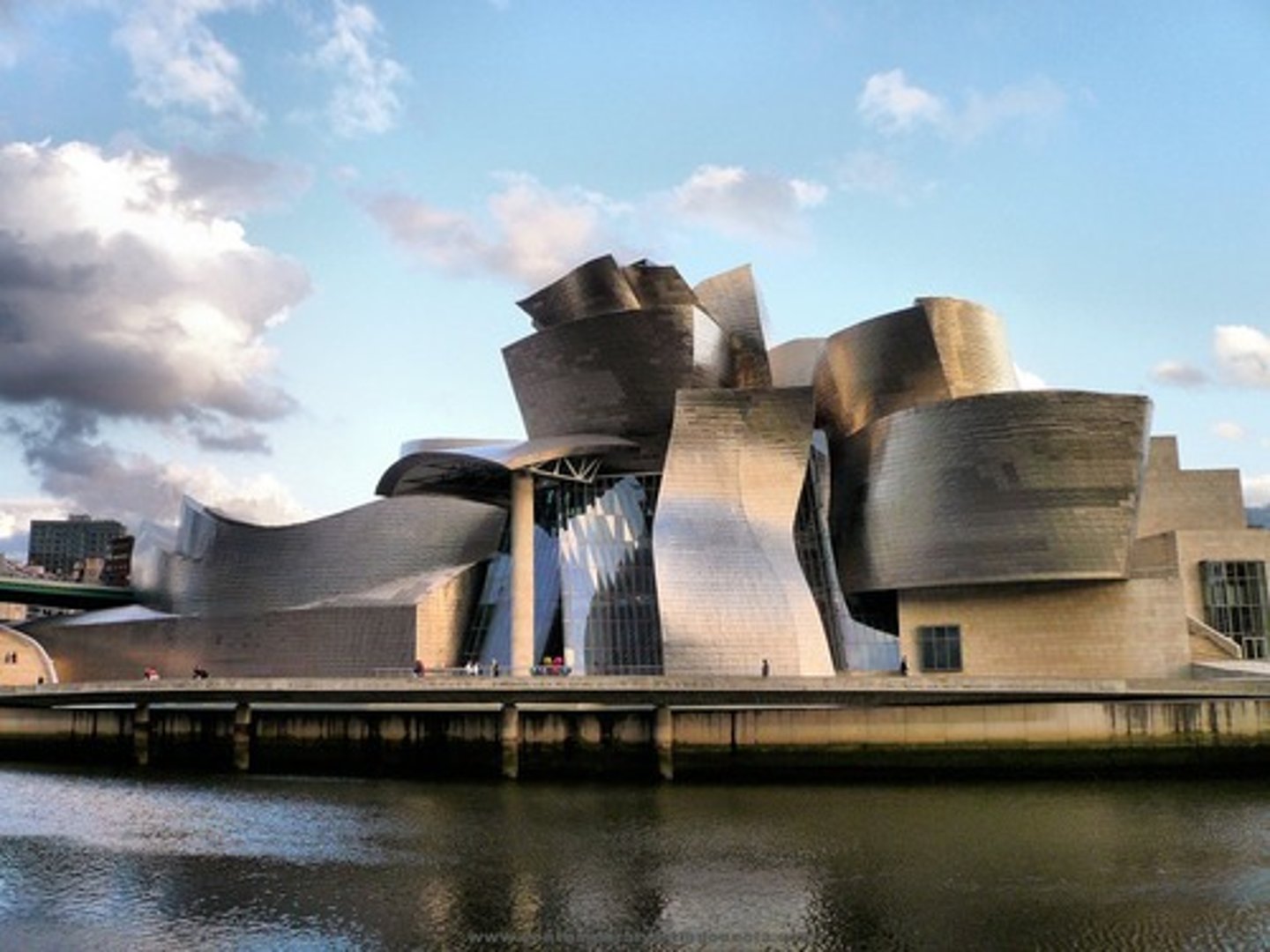
Walt Disney Hall
The fourth hall of the Los Angeles Music Center and was designed by Frank Gehry. The walls and ceiling of the hall are finished with Douglas-fir while the floor is finished with oak. The Hall's reverberation time is approximately 2.2 seconds unoccupied and 2.0 seconds occupied.
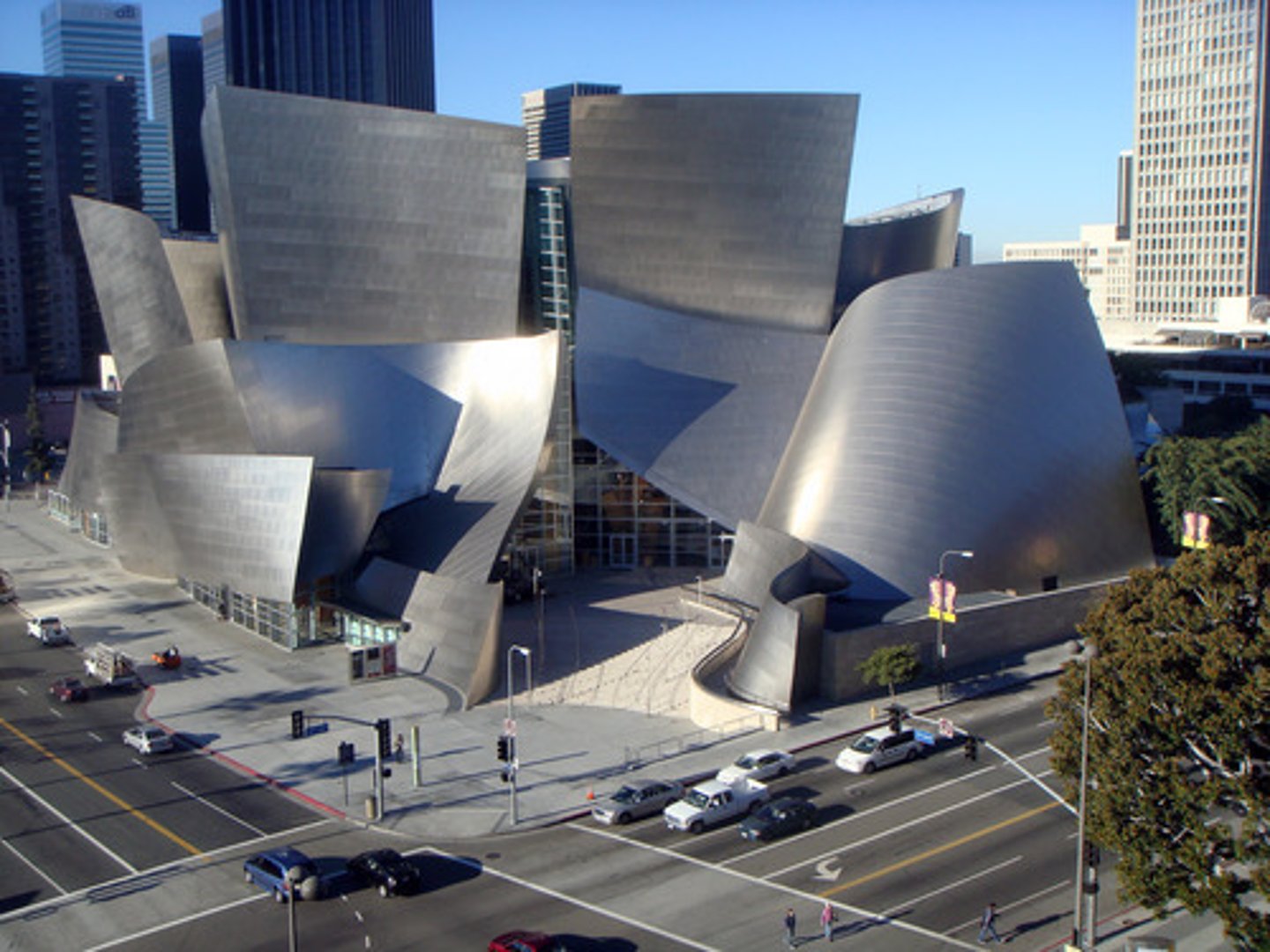
Zaha Hadid
Iraqi-born British architect known for her radical deconstructivist designs. She became the first woman to win the Pritzker Architecture Prize in 2004.
Vitra Fire Station
Designed for the Vitra factory complex in Weil-am-Rhein, Germany, is is among the first of Hadid's design projects to be built. It is composed of a series of sharply angled planes, the structure resembles a bird in flight.

Wiggle Side Chair
Corrugated cardboard chair by Frank Gehry.
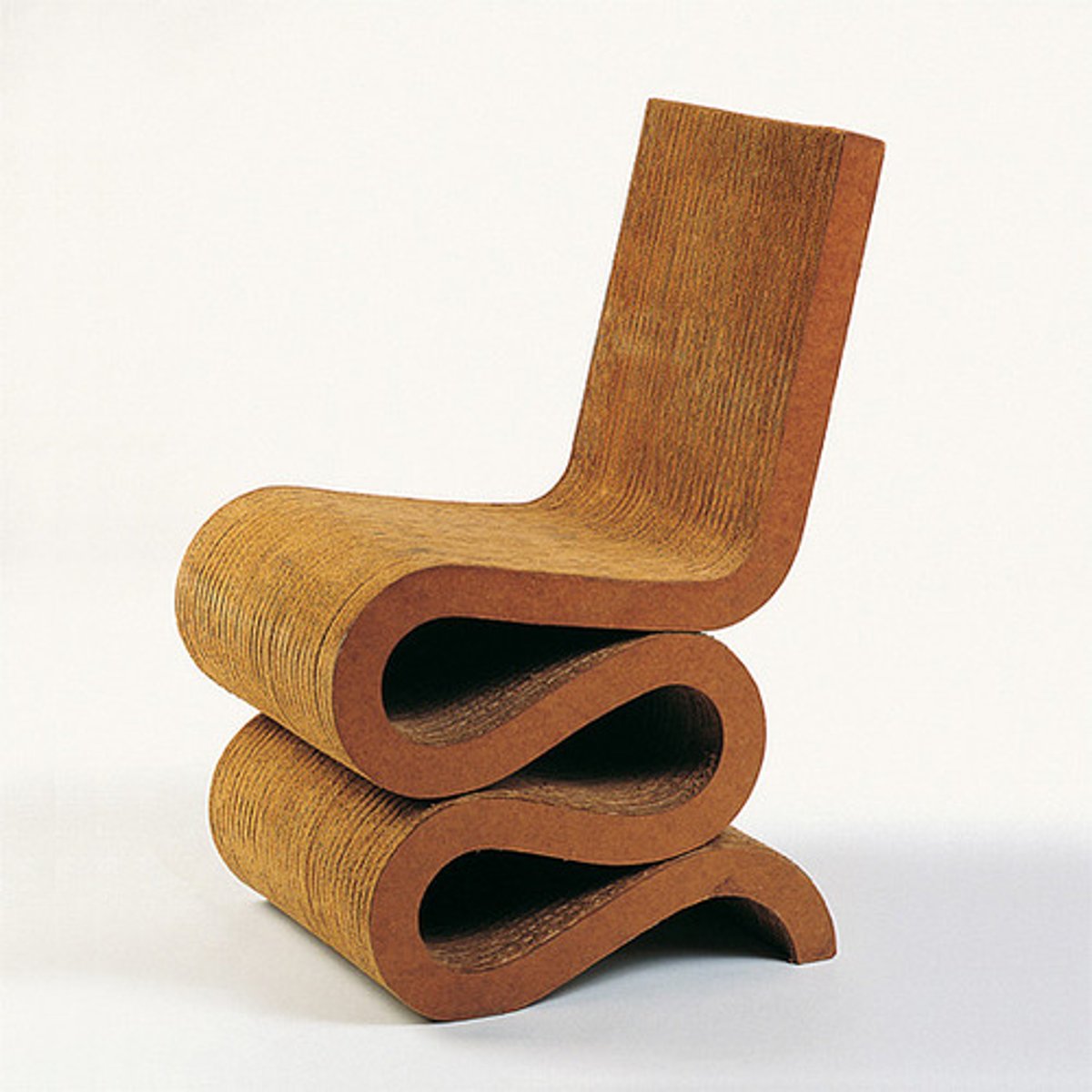
Formalism
Lines and rigid geometric shapes predominate in this architectural style. Shape, often on a monumental scale, is the focus of attention; there is emphasis on form.
Bank of China Tower
The skyscraper was for a few years the tallest building in the world outside the United States. Designed by the American architect I.M. Pei, the tower has a distinctive three-dimensional triangular shape (quadrilateral at the bottom and trilateral at the top), which, according to Pei, transfers "all vertical stress to the four corners of the building, making it very stable and wind resistant".
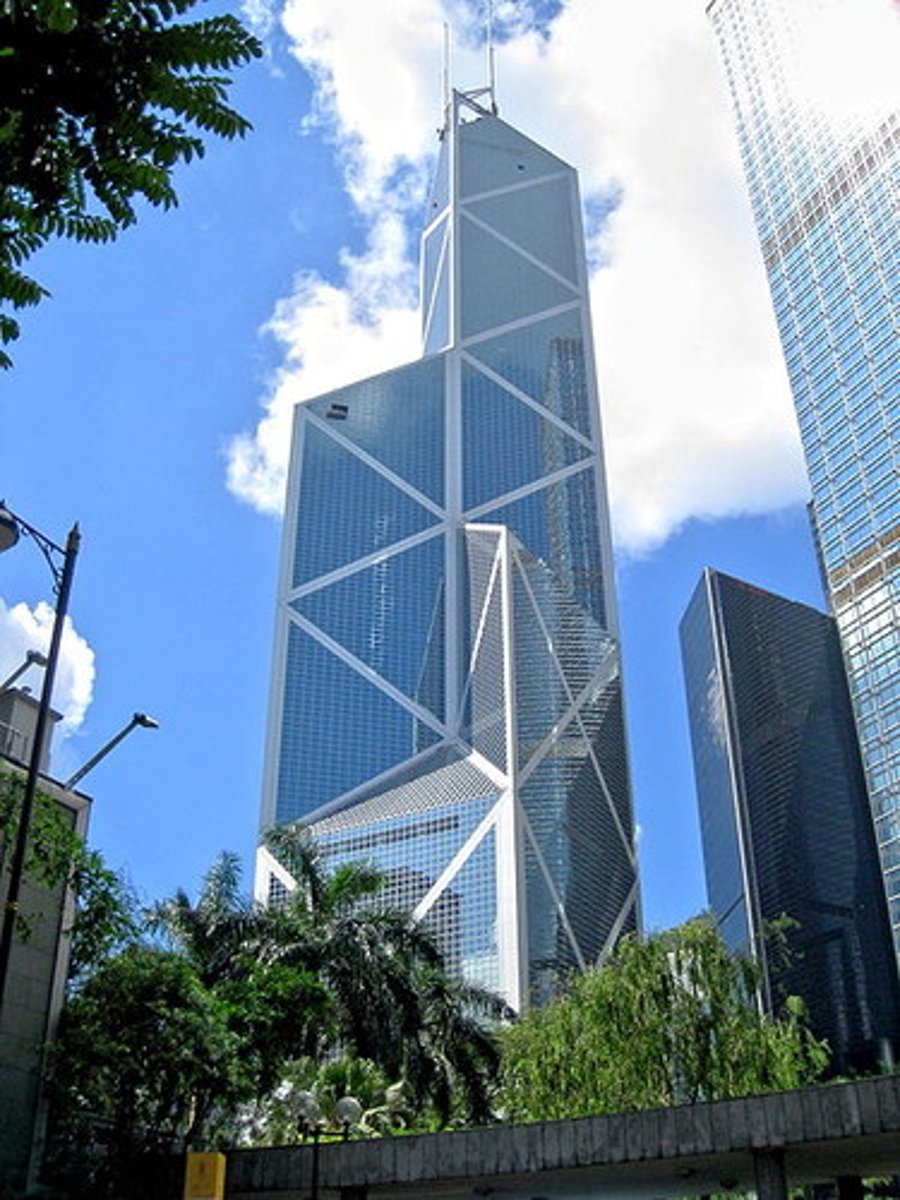
Airforce Chapel
A chapel consisting of a row of seventeen spires designed by Som and Walter Netsch.
